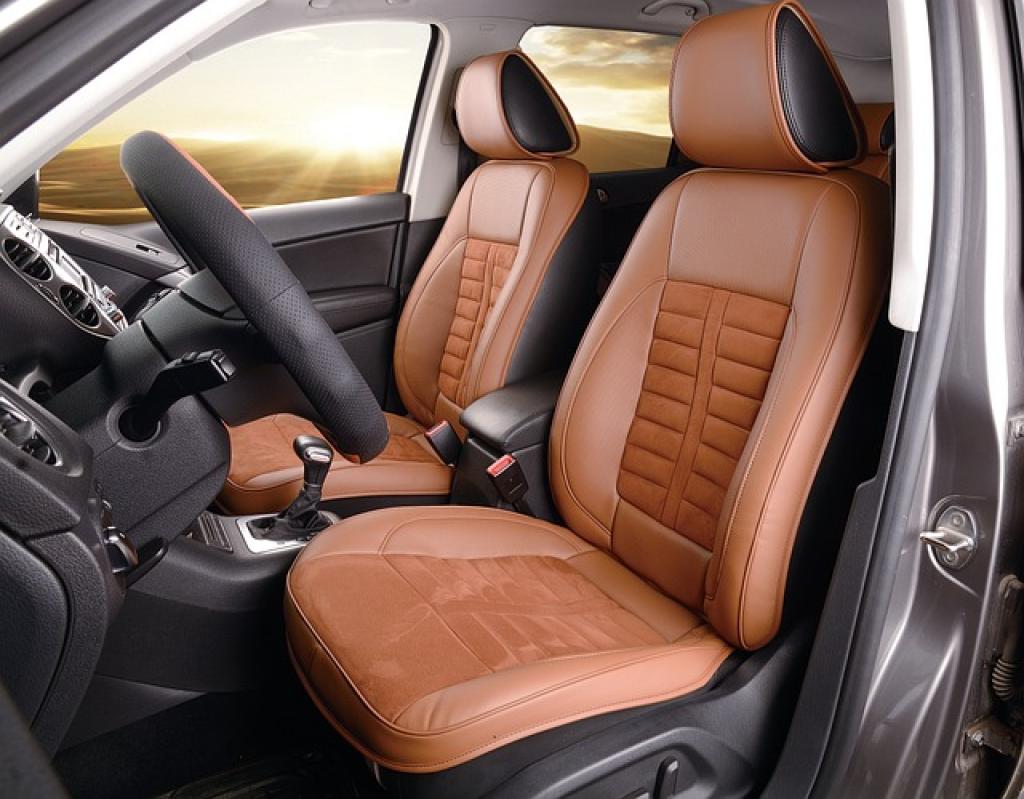There’s nothing more important than keeping our little ones safe, especially when driving. We often double-check seat belts and adjust mirrors, but are we as meticulous with our car seats?
Car seat safety can feel overwhelming, with numerous models and guidelines to navigate. Yet, ensuring your child’s seat is installed correctly and used properly is crucial. A simple oversight can impact the safety and comfort of your child.
In this guide, we’ll delve into ten essential tips that will help you cut through the noise and boost your confidence regarding car seat safety. From choosing the right seat to mastering installation, these insights aim to keep your most precious cargo safe and secure every time you hit the road.
Understanding the Importance of Proper Installation
Correct installation is the cornerstone of car seat safety. Even if you have the best seat on the market, improper installation can compromise its effectiveness. Many parents may be surprised to learn that even minor errors can make a big difference in a crash.
Common Installation Mistakes
One common mistake is loosely securing the seat. Tightness is key; the seat shouldn’t move more than an inch in any direction. Using both the seat belt and the lower anchors simultaneously is another error to avoid, as using one method correctly is more secure.
Checking and rechecking the seat after installation is vital. As you go about your daily routine, seats can shift or loosen over time. Regularly inspect and adjust to ensure everything remains snug and secure.
Last but not least, always refer to both your car seat manual and vehicle owner’s manual. Each has specific guidelines that are important for achieving optimal safety. Proper installation doesn’t just protect your child; it instills peace of mind, knowing you’ve taken an essential step toward their safety on the road.

Choosing the Right Car Seat for Your Child’s Age and Size
Selecting the right car seat is as critical as the installation itself. Car seats are designed for different stages of a child’s growth, ensuring maximum safety as they age.
Infants should start in rear-facing car seats as they are best protected in this position. This setup supports their head, neck, and spine during a collision. Newborns are particularly vulnerable, so keeping them rear-facing for as long as possible is recommended.
As your child grows, transitioning to a forward-facing seat with a harness is the next step. This provides the necessary support until they are big enough to use a booster seat. Always consider the height and weight limits recommended by the car seat manufacturer to ensure a safe transition.
Finally, booster seats are crucial for older children until they can comfortably use a regular seat belt, typically when they’re between 8 to 12 years old. Proper fit means the lap belt lies snugly across the upper thighs and the shoulder belt across the chest.
Each stage is an important part of the journey, tailored to protect your child as they grow. Regularly assessing your child’s car seat needs keeps them safe and comfortable on every ride.
Securing Your Child Correctly in the Car Seat
Once the right car seat is chosen and installed, it’s crucial to ensure your child is buckled in properly. The harness system is designed to protect, but only if used correctly.
Start by positioning the harness straps at the appropriate height. For rear-facing seats, these should be at or below the child’s shoulders, while forward-facing seats require them to be at or above.
Next, adjust the harness to fit snugly. Perform the "pinch test" to ensure it’s secure; if you can pinch any excess strap material, it needs tightening. The harness should lie flat without twists to distribute force evenly in case of a sudden stop or collision.
Lastly, the chest clip should be at armpit level. This small detail ensures the harness stays in place during a crash, offering full protection to your child.
Remember, bulky clothing can interfere with the fit of the harness. Consider using a blanket over the harness to keep your child warm instead of dressing them in heavy outerwear in the seat. Ensuring your child’s harness fits as it should is another vital layer of safety, keeping your precious passenger protected on every trip.
Regular Maintenance and Inspection of Car Seats
Keeping your car seat in top condition is integral to maintaining its safety features. Regular maintenance ensures that every component functions as intended and delivers protection in every journey.
Start a routine check-up by inspecting the seat for any wear and tear. Pay special attention to straps, buckles, and harnesses, as these are vital for security. Any signs of damage or fraying should prompt a replacement or repair.
Cleaning your car seat is also essential, but always follow the manufacturer’s guidelines. Harsh chemicals or improper cleaning methods can compromise materials. Instead, use mild soap and water to gently clean any messes.
Don’t forget about the expiration date, too. Car seats do have a lifespan, generally between 6 to 10 years. Materials can degrade over time, so it’s crucial to replace the seat according to the manufacturer’s recommendations.
Finally, stay informed about recalls and safety notices. Register your car seat with the manufacturer to receive updates directly. Regular attention to these details not only extends the life of your seat but also ensures your child remains safe every time you travel.
The Bottom Line: Making Car Seat Safety a Priority
Car seat safety is more than just a checklist—it’s a commitment to providing your child with the highest level of protection on the road. By understanding the importance of proper installation, selecting the right seat, ensuring your child is secured correctly, and performing regular maintenance, you’re setting the stage for a safer journey every time.
It’s crucial to remember that car seat safety goes beyond simply buying a reputable product. It’s about staying informed and vigilant. As children grow, their car seat needs will change, and keeping up with these transitions is vital for their ongoing safety.
Additionally, keep a regular schedule for checking the condition of your car seats. Proactivity ensures that any issues are caught early before they can impact safety. This includes keeping an eye on expiration dates and updates from manufacturers regarding safety notices or recalls.
Ultimately, prioritizing car seat safety not only protects your child but also provides peace of mind for you as a parent. With these guidelines, you are well-equipped to make informed decisions that support the wellbeing of your little ones.
Ensuring car seat safety doesn’t have to be complicated. With a bit of knowledge, attention, and regular effort, you can create a safe environment that allows you and your family to enjoy many more adventures on the road. Embrace these practices today, and always drive with confidence, knowing your child is secure.
